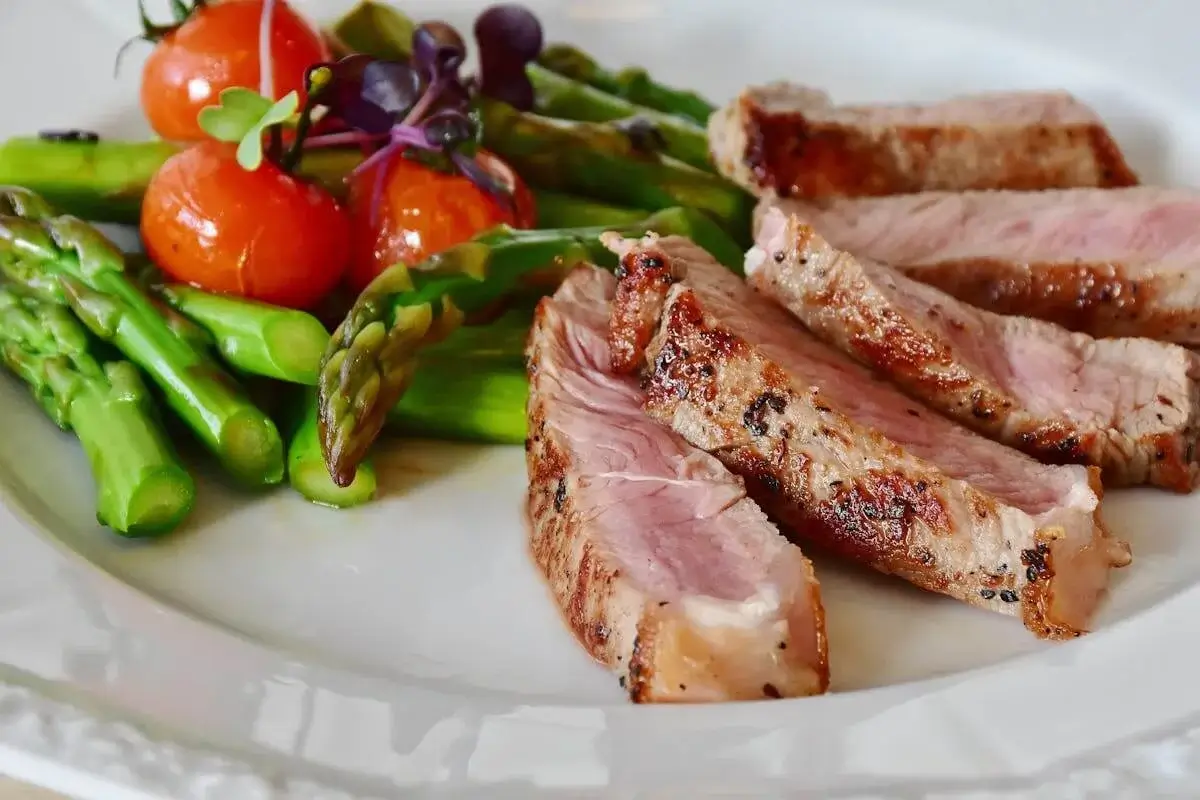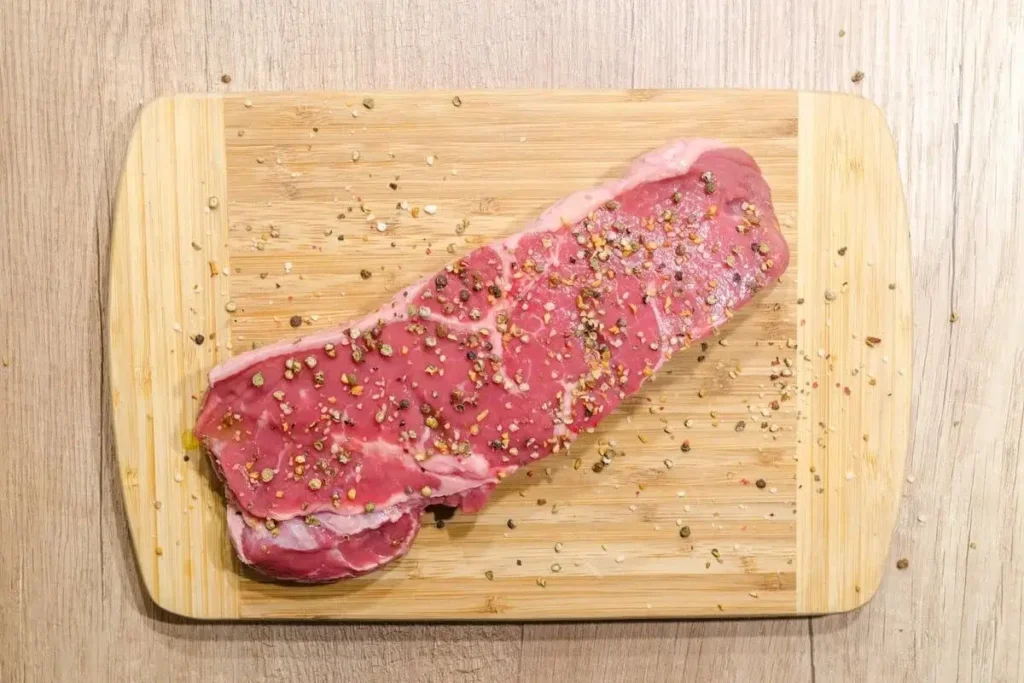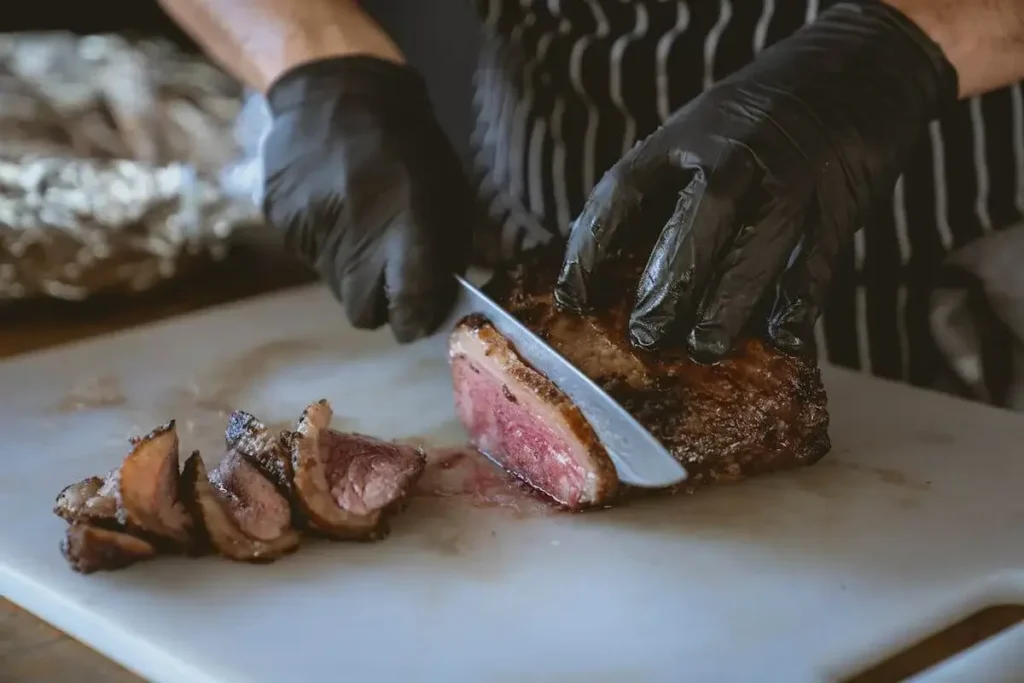When it comes to savoring a tender and flavorsome meal, knowing how to cook thin steak is a skill worth mastering. Thin steaks are not only quick to cook but also incredibly versatile, suitable for a variety of dishes from casual weeknight dinners to more elaborate culinary creations. This article dives deep into the nuances of selecting, preparing, and cooking thin steak, ensuring that even the most novice cooks can achieve mouth-watering results. With expert techniques and handy tips sprinkled throughout, you’ll soon be on your way to cooking thin steak like a seasoned chef!
Selecting the Right Cut
Types of Thin Steak Cuts
When you’re at the butcher or grocery store, eyeing the meat section for the perfect thin steak, several cuts fit the bill magnificently. Typically, flank, skirt, and sirloin are the go-to choices for those who crave a tasty, easy-to-cook meal. Each of these cuts offers unique benefits:
- Flank Steak: Known for its rich beefy flavor, flank steak is ideal for grilling and broiling. It absorbs marinades well, making it even more delectable.
- Skirt Steak: With its bold, intrinsic taste, skirt steak is fabulous for quick searing. It’s the traditional choice for dishes like fajitas due to its robust texture and flavor.
- Sirloin Tips: Lean yet tender, sirloin tips are versatile and cook quickly, perfect for a busy weeknight stir-fry.
Picking the right cut is not just about the type but also about quality. Look for steaks that have good marbling—the little veins of fat throughout the meat—because this fat melts during cooking, adding incredible moisture and flavor to the steak.
What to Look for When Buying Thin Steak
While at the store, there are a few things you’ll want to keep in mind to pick the best possible thin steak:
- Freshness: Fresh steak should be bright red in color and moist but not wet. It should smell clean, without any sour or off odors.
- Marbling: Good marbling is crucial for flavor. The white flecks of fat throughout the meat will ensure your steak is juicy and flavorful once cooked.
- Uniformity: Choose steaks that are uniformly thick so they cook evenly. Irregular shapes can lead to parts of the steak being overcooked while others are just right.
For more detailed information on safe meat handling practices, you can check the USDA guidelines for meat handling, ensuring you not only cook delicious but also safe, high-quality meals.
Armed with the right knowledge about selecting thin steak cuts, you’re well on your way to preparing a scrumptious meal that will delight your taste buds and impress your dinner guests! Stay tuned as we delve into the preparation techniques in the next section, where marinating and proper steak handling take the stage to further enhance your cooking experience.
Preparation for Cooking
Marinating the Steak
A good marinade not only infuses your thin steak with robust flavors but also helps tenderize it, making it juicier and more succulent. When it comes to marinating, you don’t need a laundry list of ingredients. Simple can be spectacular. Here’s a basic but highly effective marinade to get you started:
- Ingredients:
- 3 tablespoons of olive oil
- 2 minced garlic cloves
- 1 teaspoon of coarse salt
- 1/2 teaspoon of freshly ground black pepper
- Optional: Add herbs like thyme or rosemary for an aromatic touch
- Method:
-
- Combine all ingredients in a bowl.
- Place the steak in a resealable plastic bag and pour the marinade over it.
- Ensure the steak is evenly coated by squeezing the air out of the bag and sealing it.
- Refrigerate and let marinate for at least 30 minutes, though a couple of hours is better if time allows.
Remember, while acidic components like vinegar or lemon juice can be included, they should be used sparingly with thin cuts as they can start cooking the meat, affecting its texture.
Bringing the Steak to Room Temperature
Before you cook the steak, it’s crucial to bring it to room temperature. This step is often overlooked but can significantly impact the cooking outcome. Allowing the steak to sit out for about 20 to 30 minutes before cooking:
- Ensures that it cooks evenly, preventing the exterior from cooking too quickly while the interior remains too cool.
- Reduces cooking time, as the steak doesn’t have to lose its chill before the actual cooking begins.
Once your steak is marinated and at room temperature, you’re all set to move on to the actual cooking, where the magic really happens. Next, we’ll explore various cooking methods that will help you achieve that perfectly seared crust and tender, juicy interior. From pan-searing to grilling, each technique offers its own unique set of benefits that can enhance the natural flavors of your thin steak.
Cooking Methods
Pan-Searing Thin Steak
Pan-searing thin steak is a quick and surefire method to achieve a deliciously crispy crust with a juicy interior. Here’s how you can master this technique:
- Heat the Pan: Place a heavy skillet, preferably cast iron, on high heat and let it get smoking hot.
- Oil and Steak Preparation: Lightly brush your steak with a high-smoke point oil like canola or grapeseed. This prevents sticking and helps achieve that golden crust.
- Sear the Steak: Place the steak in the pan and let it sear undisturbed for about 2-3 minutes per side, depending on its thickness. Resist the temptation to move it around to get that perfect sear.
- Check for Doneness: Use a meat thermometer to check if it’s done to your liking. For thin steaks, aim for 135°F for medium-rare.
Grilling Thin Steak
Grilling gives the steak a distinctive smoky flavor that’s hard to replicate with other cooking methods. Follow these steps to grill your thin steak perfectly:
- Prepare the Grill: Preheat your grill to high. You want it very hot to shorten cooking time and enhance flavor.
- Oil and Season: Lightly oil the grill grates and season your steak as desired.
- Grill the Steak: Place the steak on the grill and cook for 1-2 minutes on each side. The high heat will cook the steak quickly and impart a smoky char.
- Rest Before Serving: Let the steak rest for a few minutes after grilling to allow the juices to redistribute.
Broiling Thin Steak
Broiling is another excellent method for cooking thin steak, especially if you’re looking for a quick and flavorful meal:
- Preheat the Broiler: Set your oven’s broiler to high and position the oven rack so that the steak will be about 4 inches from the heat source.
- Prepare the Steak: Place the steak on a broiler pan and season it to your taste.
- Broil the Steak: Broil for about 2-3 minutes per side. Keep a close eye on it, as the high heat can burn the steak quickly.
- Check Doneness: Use a thermometer to ensure it reaches your preferred level of doneness.
Popular Recipe: Simple Seasoned Thin Steak
Here’s a straightforward yet beloved recipe that emphasizes the steak’s natural flavors:
- Ingredients:
- 1 thin steak
- Salt and pepper to taste
- 2 teaspoons of olive oil
- Method:
-
- Season both sides of the steak generously with salt and pepper.
- In a skillet, heat olive oil over high heat until shimmering.
- Cook the steak for 2-3 minutes on each side or until desired doneness.
- Give the steak a few minutes to rest before cutting it against the grain.
By employing these cooking methods, you ensure that your thin steak turns out exceptionally well, whether you’re looking for a quick sear, a smoky grill flavor, or a broiled delight. As we move forward, we’ll cover some post-cooking tips that can help you elevate your steak from good to great, ensuring a perfect meal every time.
Post-Cooking Tips
Resting the Steak
One of the most crucial steps after cooking your steak is allowing it to rest. This simple act makes a significant difference in the quality of your meal:
- Let it Sit: After cooking, transfer the steak to a plate and let it rest for about 5 to 10 minutes. The heat within continues to cook the steak slightly, and the juices redistribute throughout the meat, enhancing its flavor and tenderness.
- Cover Lightly: You can loosely cover the steak with foil during this time to keep it warm without causing it to sweat, which can affect its texture.
Slicing the Steak
The way you slice your steak not only affects its presentation but also its texture and taste. Here’s how to do it right:
- Against the Grain: Look for the direction of the muscle fibers or ‘grain’ of the steak, and slice perpendicular to it. This cuts through the fibers and makes the steak much more tender to chew.
- Use the Right Knife: A sharp chef’s knife or carving knife will help you make clean and precise cuts. Ensure your knife is well-honed before slicing.
Following these post-cooking tips will elevate your thin steak experience. The simple act of resting and slicing the steak properly ensures that each bite is as delicious as possible, showcasing your skills and the quality of the meat.
In conclusion, whether you’re a seasoned chef or a kitchen novice, these tips and techniques for selecting, preparing, and cooking thin steak will help you achieve the perfect meal every time. From the right cut to the final slice, each step contributes to creating a dish that is sure to impress. Enjoy the flavors you’ve unleashed with these methods, and don’t forget to explore different seasonings and accompaniments to keep your meals exciting and varied. Happy cooking!
FAQs about How to Cook Thin Steak
In this section, we address some of the most common questions that arise when cooking thin steak, offering practical advice to help you perfect your technique and expand your culinary knowledge.
What is the best way to cook very thin steak?
For very thin steaks, quick cooking methods are key to preserving their tenderness and flavor. Pan-searing in a hot skillet or grilling over high heat are excellent methods. The goal is to cook the steak quickly on each side, just long enough to develop a golden crust without overcooking the interior. Typically, a minute or two per side on high heat should suffice, depending on the steak’s thickness.
How long do you cook a thin steak for medium?
To achieve a medium doneness in a thin steak, which is slightly pink in the center, cook it for about 2 to 3 minutes per side in a hot skillet or on a grill. Always use a meat thermometer to check that the internal temperature has reached 145°F (63°C) after resting, as this is the safest way to ensure it is perfectly cooked to medium without guessing.
How to cook thin steak on a cast iron skillet?
Cooking thin steak on a cast iron skillet is ideal for achieving a well-seared, flavorful crust. Here’s how to do it:
- Heat your cast iron skillet over high heat until it is very hot.
- Lightly oil the steak or add a small amount of high-smoke point oil to the pan to prevent sticking.
- Place the steak in the skillet and let it cook undisturbed for about 1-2 minutes on each side, depending on thickness.
- If desired, you can add butter and aromatics (such as garlic and herbs) towards the end of cooking, basting the steak with the melted butter for extra flavor.
- Remove the steak from the skillet and let it rest for a few minutes before slicing to allow the juices to redistribute.
How does Gordon Ramsay cook thin steaks?
Gordon Ramsay recommends cooking thin steaks with a combination of high heat and careful timing to achieve a flavorful crust without overcooking. His method typically involves:
- Seasoning the steak generously with salt and pepper.
- Heating a skillet or grill to a high temperature before adding the steak.
- Cooking the steak for 1-2 minutes on each side, depending on its thickness.
- Adding a touch of butter, garlic, and fresh herbs to the pan towards the end of cooking to baste the steak and infuse it with additional flavors.
- Letting the steak rest for several minutes after cooking to ensure it remains juicy and flavorful when served.
These FAQs should help clarify the finer points of cooking thin steak and inspire confidence in your ability to master this quick and delicious meal. With these tips and techniques, you’re well on your way to enjoying perfectly cooked thin steak every time.
Conclusion
Congratulations on journeying through the essentials of mastering the art of cooking thin steak! By now, you should feel equipped and inspired to tackle this delightful culinary challenge in your own kitchen. Cooking thin steak doesn’t just end with knowing the methods and techniques; it’s about experimenting and finding what works best for your taste preferences and those of your loved ones.
Incorporating the knowledge you’ve gained:
- Selection: Remember, the foundation of a great steak starts at the selection phase. Choosing the right cut and ensuring its quality can set you up for success.
- Preparation: Whether you’re marinating or simply seasoning, preparation sets the stage for flavor. Don’t rush this part; good things come to those who wait.
- Cooking: Experiment with different methods like pan-searing, grilling, or broiling to find your preferred technique. Each offers a unique flavor and texture that can elevate your thin steak.
- Post-Cooking Care: The steps you take after the steak leaves the heat are just as crucial. Resting and slicing your steak properly can make the difference between a good steak and a great one.
As you continue to cook and enjoy thin steaks, remember that each meal is an opportunity to refine your techniques and explore new flavors. The beauty of cooking lies in the process—each step, from selecting the right cut to presenting the dish, is a part of the culinary art.
Embrace the simplicity and the complexity of how to cook thin steak, and let your kitchen be a place of creativity and enjoyment. Here’s to many delicious meals ahead—may your steaks always be cooked to perfection, and may each meal bring joy to your table. Happy cooking!



